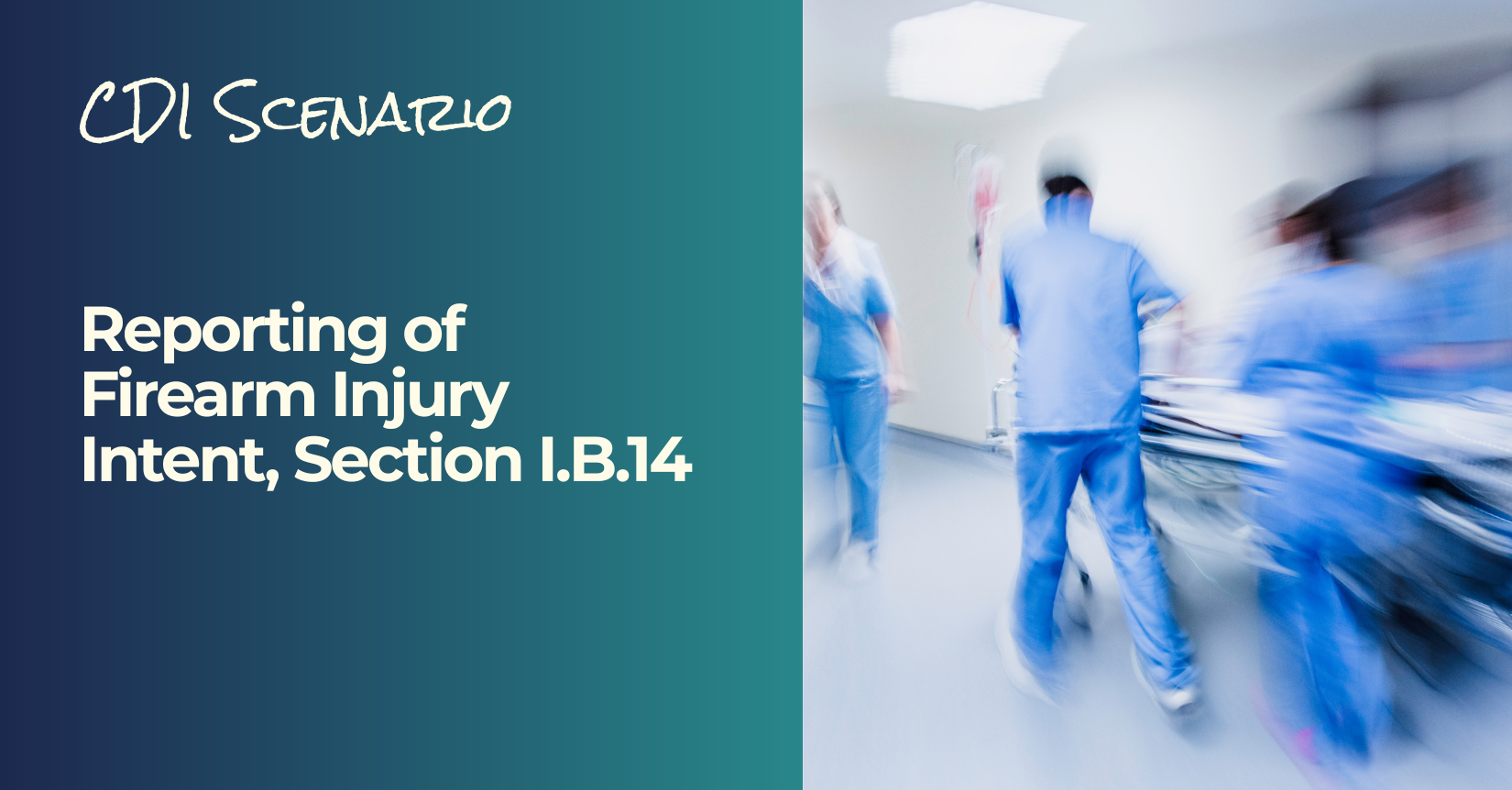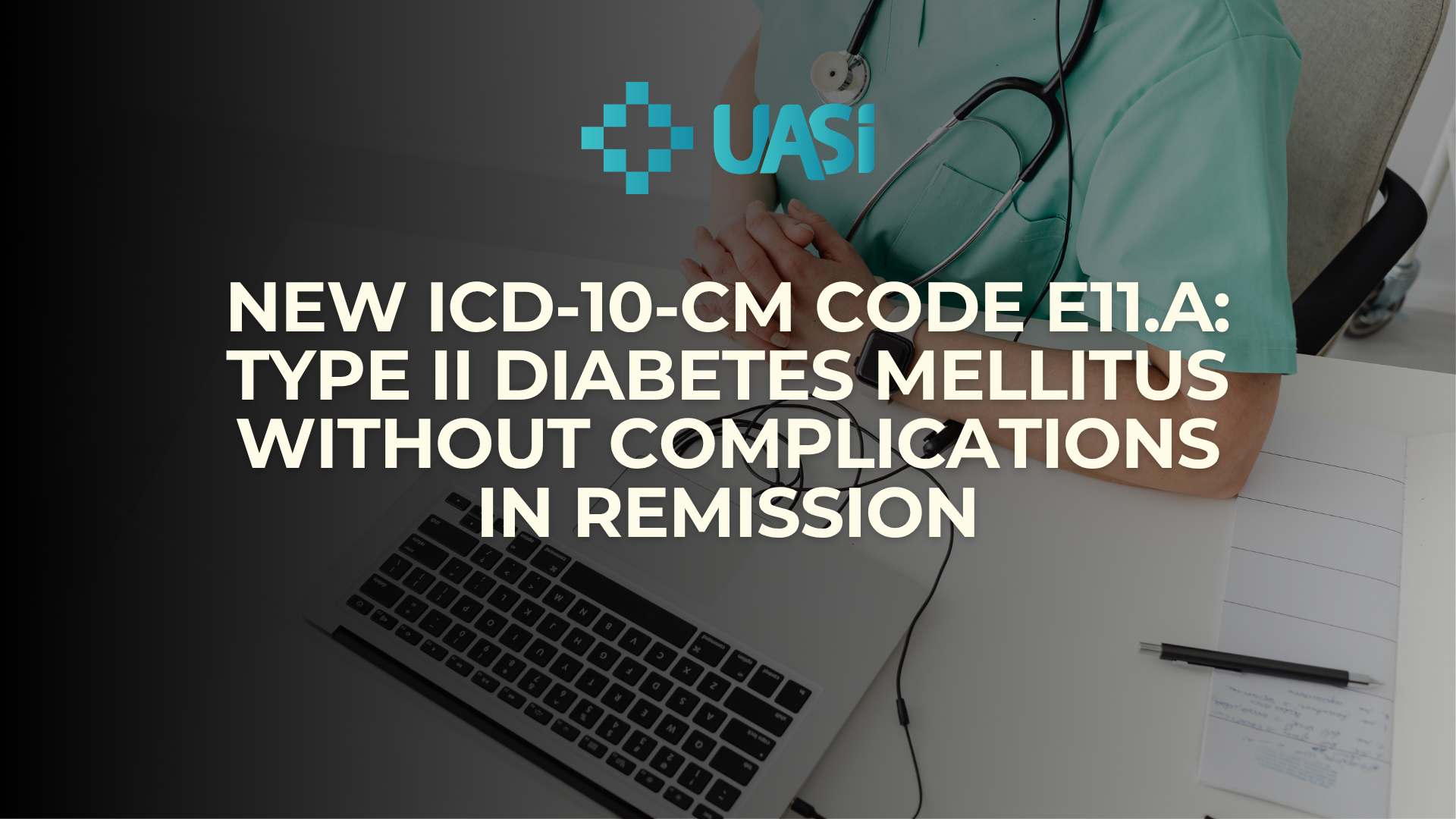What to Expect at AHIMA 2025: A First Look at The Nuances and Complexity of the Revenue Cycle Management of Critical Access Hospitals
October 1, 2025
- Learn the history, purpose, and eligibility criteria of CAHs, including cost-based reimbursement and flexible billing options.
- Understand how Conditions of Participation differ from acute-care hospitals, covering bylaws, quality programs, infection control, and documentation standards.
- Explore cost-based reimbursement for inpatient, outpatient, and swing-bed services plus Method I and II billing for professional services.
- Discover common coding pitfalls unique to CAHs, from swing-bed and ambulance coding to anesthesia modifiers and charge validation.
- Gain strategies to improve documentation, reduce denials, and strengthen compliance despite limited resources.
There will also be a review recent and upcoming regulatory changes shaping rural healthcare. With over 140 rural hospitals having closed since 2005, attendees will leave equipped to protect reimbursement, improve revenue cycle processes, and sustain access to care.
- National Center for Biotechnology Information. (n.d.). Figure 22, Distribution of critical access hospitals in the United States, 2022. In 2022 National Healthcare Quality and Disparities Report. NCBI Bookshelf.
- U.S. Department of Agriculture, Economic Research Service. (n.d.). 146 rural hospitals closed or stopped providing inpatient services from 2005 to 2023 in the United States. ERS Charts of Note.
- Centers for Medicare & Medicaid Services. (n.d.). Critical Access Hospitals.
- Centers for Medicare & Medicaid Services. (n.d.). Medicare Claims Processing Manual, Chapter 2: Critical Access Hospitals (CMS Manual).
- Centers for Medicare & Medicaid Services. (n.d.). Critical Access Hospitals Center.













